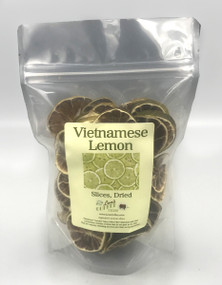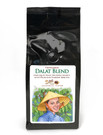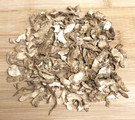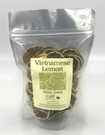- Home
- Tea / Fruit
- Vietnamese Lemon Slices, Dried
Vietnamese Lemon Slices, Dried
Here in the USA we are used to Lemons and Limes and Oranges. Heck, they are defined by their colors, right? Yellow, Green, Orange... But around the world there are many other "confused" citrus that don't know what they are. By our limited definitions, anyway.
There are the Calamanzi in in the Philippines and the Costa Rica Lemon as examples. The Calamanzi is tinier than the Key Lime and tastes mostly like a lime, but has its own distinct sweet flavor and is used in cooking a lot. The Costa Rica Lemon (Limon) looks like an orange and is not really sour. It is mildly sweet, tangy, and very mild in flavor in comparison to our lemons... it's more of the strength of an orange. And there are hundreds of other examples of citrus that walk the line between lemons, limes, grapefruit and oranges.
The Vietnamese Lemon is more like a Calamanzi or Key Lime in flavor. But it is larger than these fruits, close to the size of our lemon. The peel is much sweeter than our lemons or limes, making slices of the Vietnamese Lemon a wonderful addition to recipes like vermicelli or as an iced drink with or without sweetener, or as an ingredient in tea.
We are fond of chewing on one of these dried slices just as is, and find it very refreshing and tasty. We also like to make a "Vietnamese lemonade" Lime-Rickey style. You will find your own uses for this wonderful and convenient citrus!
Special trial pack contains about 18 lemon slices. The full-size pack is 80 grams, more than 3x the weight of the trial pack.
Customer Reviews
Latest Coffee Addition
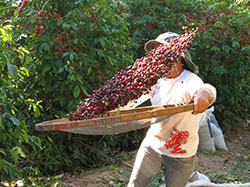
Colombian Castillo Heritage Arabica!
Coffee from the days when Colombian coffee defined American consumer tastes. Warm, rich, delicious! Read more here!
 Loading... Please wait...
Loading... Please wait...

